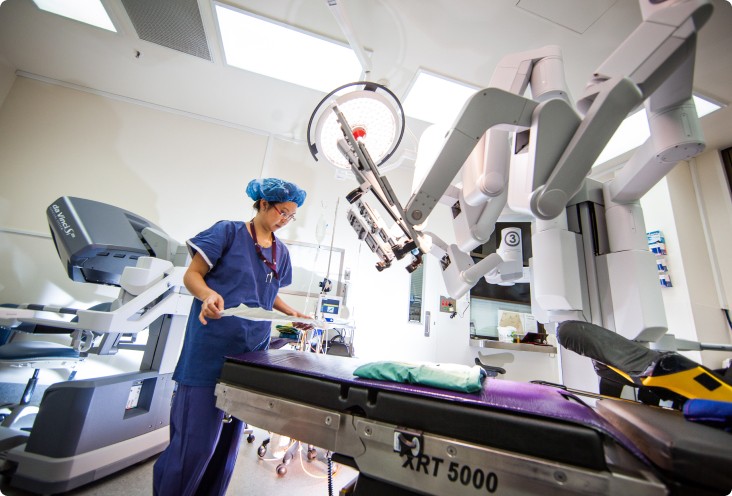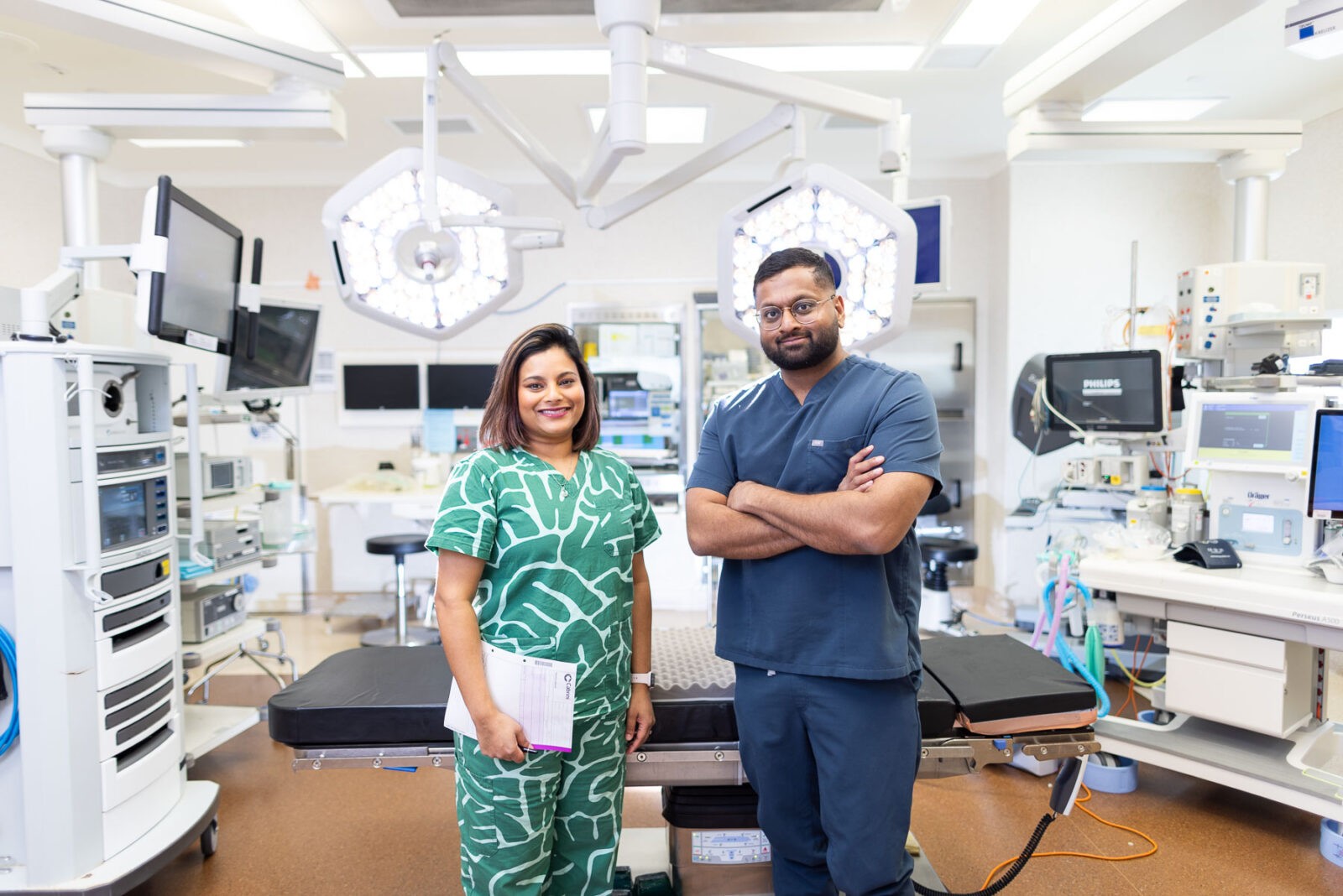These conditions can significantly impact physical health, emotional well-being, and future reproductive capabilities.
Early diagnosis and appropriate management are crucial in ensuring optimal outcomes.
In Australia, there is a growing focus on improving healthcare services to address these conditions effectively and compassionately.
Menstrual disorders in adolescents can include conditions such as dysmenorrhoea (painful periods), menorrhagia (heavy menstrual bleeding), and amenorrhoea (absence of periods).
Precocious puberty is the onset of puberty at an unusually early age, typically before age 8.
Delayed puberty is the absence of physical signs of puberty by age 13.
Congenital anomalies of the reproductive tract are structural abnormalities present at birth that can affect the uterus, fallopian tubes, vagina, or external genitalia.
Vulvovaginitis is inflammation or infection of the vulva and vagina, commonly seen in prepubescent girls.
Labial adhesions occur when the labia minora stick together, partially or completely covering the vaginal opening.
This ensures that young individuals receive comprehensive and sensitive care tailored to their physical, emotional, and developmental needs.
The National Women’s Health Strategy 2020–2030 emphasises the importance of education, prevention, and early intervention for adolescent health concerns. Public health initiatives aim to improve menstrual health literacy, reduce stigma, and encourage early consultation with healthcare providers when symptoms of gynaecological conditions arise. School-based health education programs play a critical role in equipping adolescents with the knowledge to identify and address health concerns early.
The Australian and New Zealand Society of Paediatric and Adolescent Gynaecology (ANZSPAG) provides guidelines and resources to support healthcare providers in delivering evidence-based care for paediatric and adolescent gynaecological conditions. These efforts are aligned with the strategy’s goals of improving access to age-appropriate, culturally sensitive, and equitable healthcare services across Australia.










We are a general gynaecology and infertility treatment clinic based in Melbourne, dedicated to the latest minimally invasive gynaecological diagnostic and surgical techniques. We are leaders in laparoscopic and cutting-edge robotic surgery.
If you have a question about a condition or treatment, or would like to book an appointment, please get in touch.